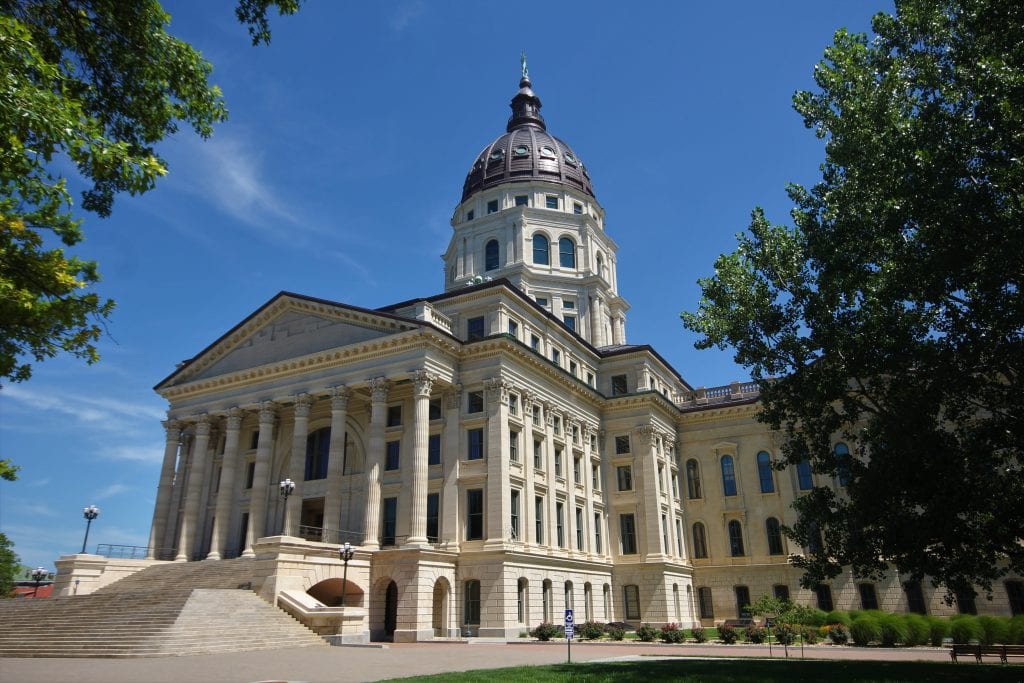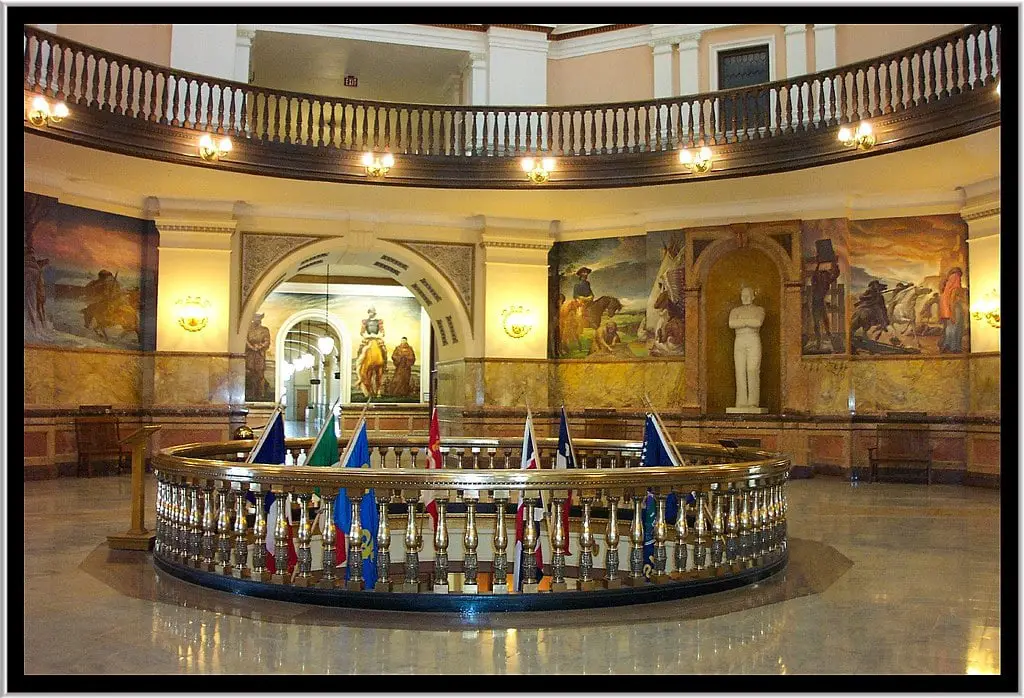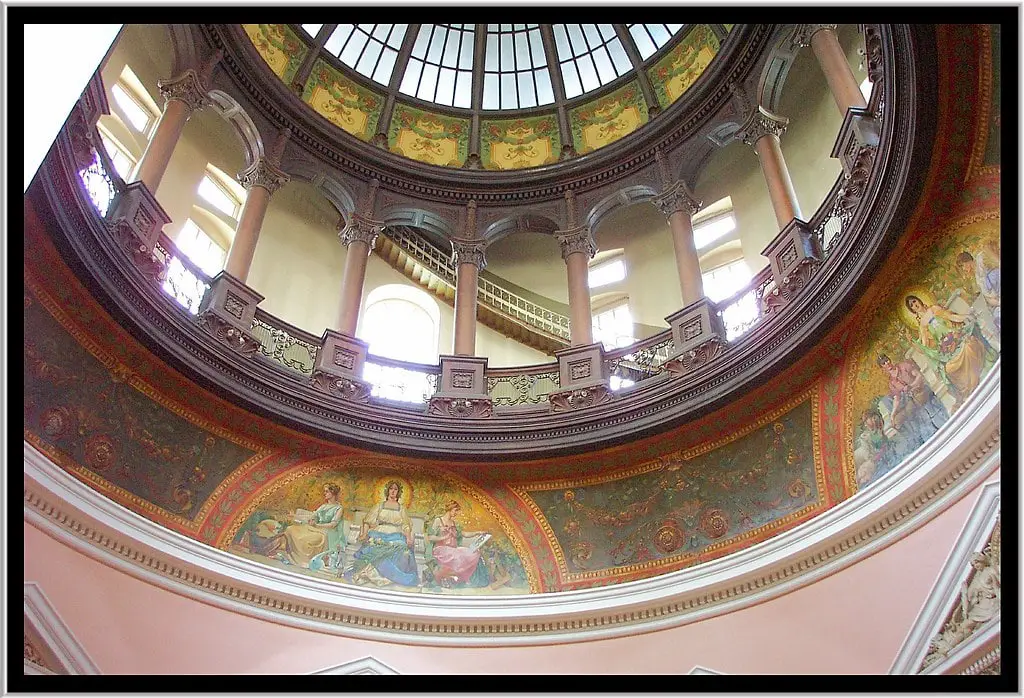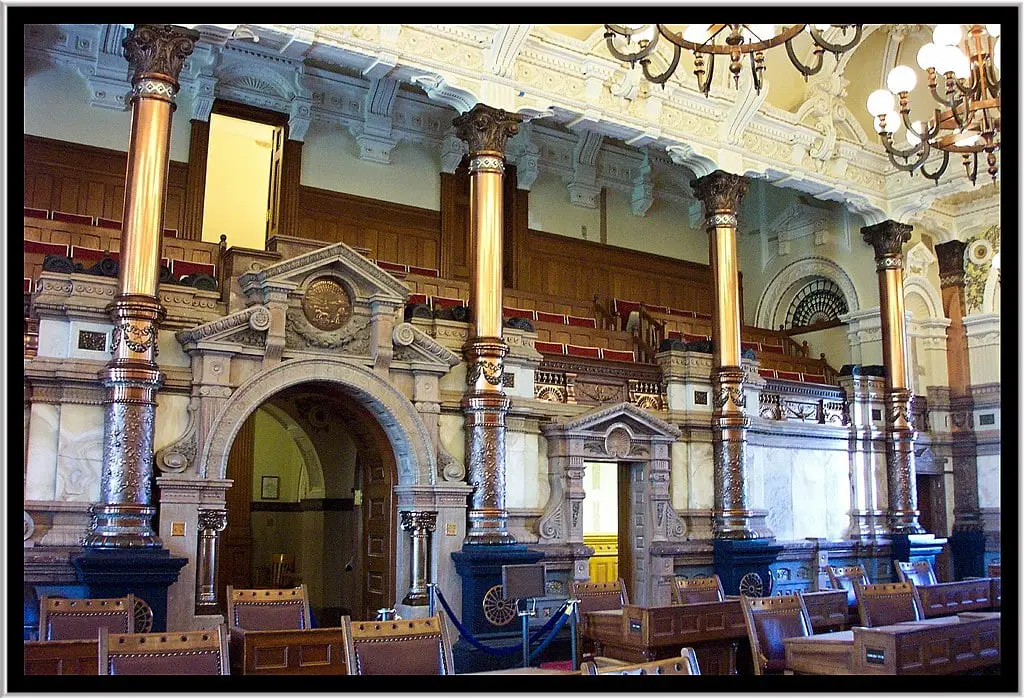Delving into the Past: The Historical Overview
The Kansas State Capitol, also known as the Kansas Statehouse, symbolizes the state's rich and diverse history.
Situated in Topeka, the capital city of Kansas, this grand tower has been the hub of the state's legislative and executive branches for over a century and a half.
The journey of the Kansas State Capitol is as intriguing as the state's history. During the territorial period from 1854 to 1861, an initial attempt was made to construct a capitol building in Lecompton, Kansas. However, this endeavor was not brought to fruition.
The construction of the present-day Kansas State Capitol began in 1866, marking the start of a 37-year-long architectural journey.
The building was officially declared complete in 1903, standing as a testament to the perseverance and dedication of the people involved in its construction.
The construction process was meticulous, involving the use of locally sourced materials. The East Wing was built using limestone from Geary County, Kansas, while the West Wing was constructed from Cottonwood Falls, Kansas.
The central building, which connects the two wings, was authorized for construction in 1881 and began in 1886.
A Testament to Architectural Brilliance
The Kansas State Capitol is a marvel of French Renaissance architectural style. Its most striking feature is its dome, which stands tall at 304 feet, surpassing the 288 feet of the United States Capitol dome.
Despite its impressive height, the diameter of the Kansas State Capitol's dome is approximately half that of the national capitol.
The Kansas State Capitol stands out among US capitols, as it still provides visitors with the unique opportunity to tour the top of its dome.
This unique experience allows visitors to climb 296 steps from the fifth floor to the top, offering a breathtaking view of the city of Topeka and a unique perspective on the architectural brilliance of the dome.

The Artistic Soul of the Kansas State Capitol
The Kansas State Capitol is not just a government building; it's also a treasure trove of artistic expression. The building houses various artworks and murals, adding charm and historical significance.
The year 1898 saw Jerome Fedeli create frescos near the dome's apex within the rotunda. These paintings, which depicted bare-breasted classical women, stirred controversy and were eventually painted over.
During the 1930s, John Steuart Curry added to the building's artistic legacy by painting murals on the second floor. His most renowned work, "Tragic Prelude," portrays a larger-than-life, furious John Brown caught amidst the chaos of the American Civil War, surrounded by fire and a tornado. Curry's depiction of the darker side of Kansas history earned his work significant attention.

David Hicks Overmyer added to the building's artistic collection by painting murals in the first-floor rotunda between 1951 and 1953.
These murals, entitled The Coming of the Spaniards, Building a Sod House, The Battle of Mine Creek, Arrival of the Railroad, The Battle of Arickaree, Lewis and Clark in Kansas, Westward Ho, and Chisholm Trail, offer a visual journey through Kansas's history.

Embracing the Future: 21st Century Developments
The turn of the century brought significant changes to the Kansas State Capitol. The Statehouse embarked on a substantial modernization project in December 2001, with an investment of $120 million.
The comprehensive project, which reached completion in the spring of 2014, encompassed the restoration of the first five floors, the refurbishment and enlargement of the basement, and the renovation of the exterior masonry along with the copper roof and dome.
The building also made its way onto Kansas license plates, featuring prominently on plates issued from January 2001 until April 2007.

Reflecting on the Journey: Conclusion
The Kansas State Capitol is more than just a building; it symbolizes Kansas's history and government. Its architectural and artistic significance make it a must-visit for anyone interested in the state's history.
It stands as a reminder of the past and a beacon for the future, embodying the spirit of Kansas and its people.
